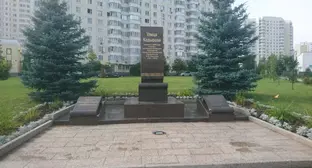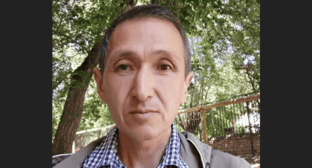27 May 2003, 12:51
Aksay
Rayon (sector) centre in Rostov oblast (province), 18 km north-east of Rostov-on-Don. Located in the south-east of the Russian Plain, on the steep right bank of the Don bend, at its confluence with the Aksay River (an arm of the Don). Railway station in the Likhaya - Rostov-on-Don line. Near Aksay, there is a highway bending around Rostov-on-Don in the east and connecting the Moscow - Voronezh - Rostov-on-Don highway and the Rostov-on-Don - Baku highway. Population (1992 est.) 33.3 thousand.
Founded in the 2nd half of the 16th century (first mentioned in 1569) by Don Cossacks as the stanitsa (Cossack village) of Ust-Aksayskaya (renamed Aksayskaya in 1791). The stanitsa functioned as a sentry post, controlling approaches to Cherkassk, which at that time was the centre of the Don Cossack Area, in the period of Azov campaigns of Peter I (1695 and 1696) and in the period of fights with the Turks for exit of Russia to the southern seas. In the 18th century, there was a system of earthworks, connected by underground conduits and equipped with storage rooms with large stocks of foodstuffs and weapon supplies.
In winter 1783 - 1784, the Ust-Aksaysky camp was the place where A.V. Suvorov, who commanded the Kuban Corps, was staying.
During the Great Patriotic War of 1941 - 1945, the stanitsa of Аksayskaya was occupied by Nazi troops (from November 21 to November 29, 1941). The stanitsa obtained the town status in 1957.
Modern Aksay is an industrial satellite town of Rostov-on-Don. Aksay has PO Khimprodukt, the Aksaykardandetal works, a cannery, a glass factory, etc.; maintenance and operation base of the Volga-Don River Shipping Company's fleet.
The town has a museum of local lore. Аksay streets are narrow are paved with stone. They go down to the banks of the Don, small bridges being traversed across ravines. Main streets are built up with one- or two-storeyed houses in the style of Classicism, built in the 1st half of the 19th century, with three windows on the facade and side galleries (piers of some houses bear an image of a double circle and circle with a rosette inside, showing that the owner of the house is a Cossack or a George Cross holder). Other monuments of architecture include the postmaster's house and a post house in the style of Classicism (19th century), the Hodegetria Church in the Russian Byzantian style (1897).
The ancient settlement of Kobyakovo is on the slopes of the Kobyakovo gully, separating the town of Aksay from Rostov-on-Don. Under the legend, it was here that Prince Igor Svyatoslavich, the prisoner of Polovtsian Kobyak-Khan and the hero of Slovo O Polku Igoreve (The Song of Igor's Campaign) was yearning in 1185.




